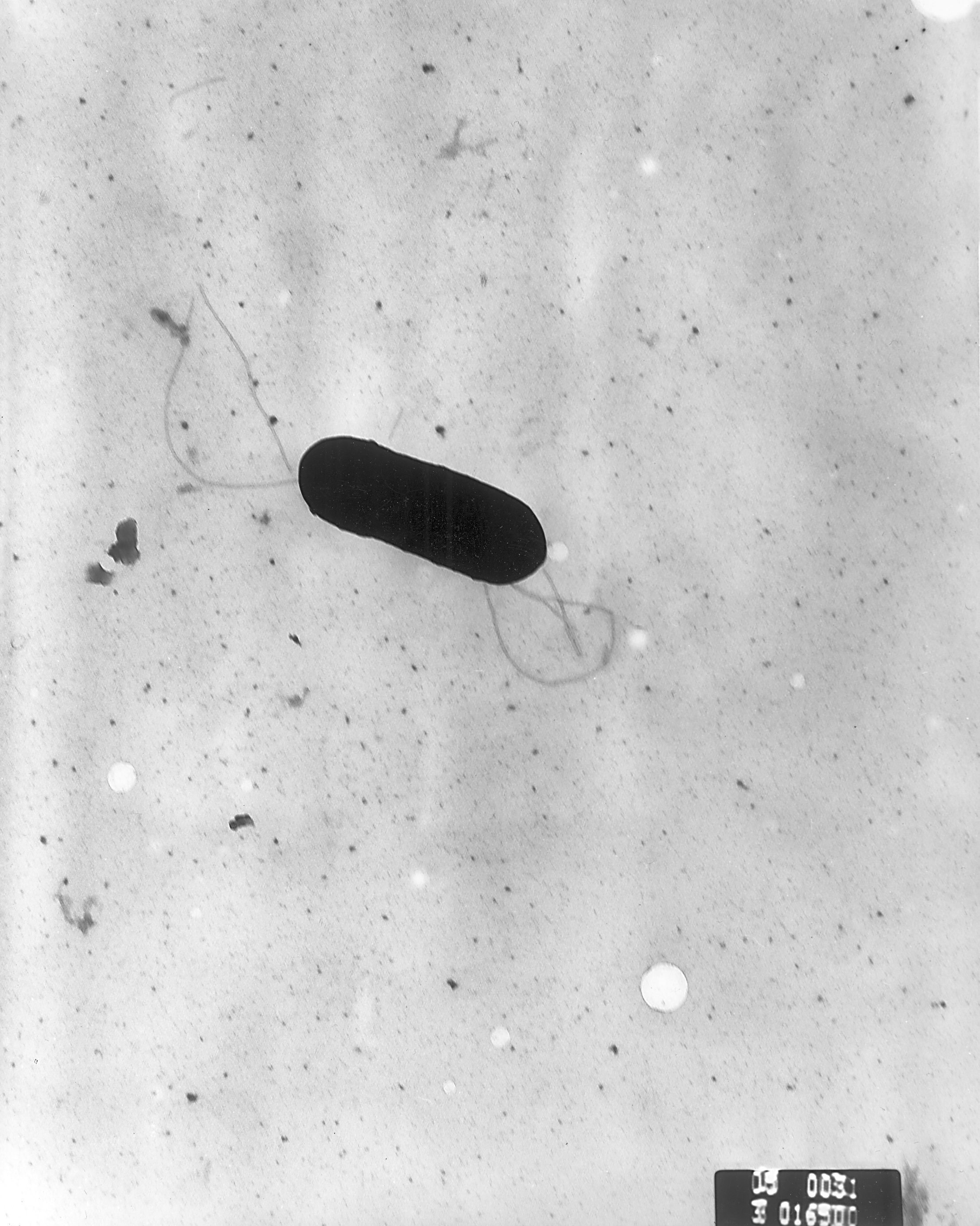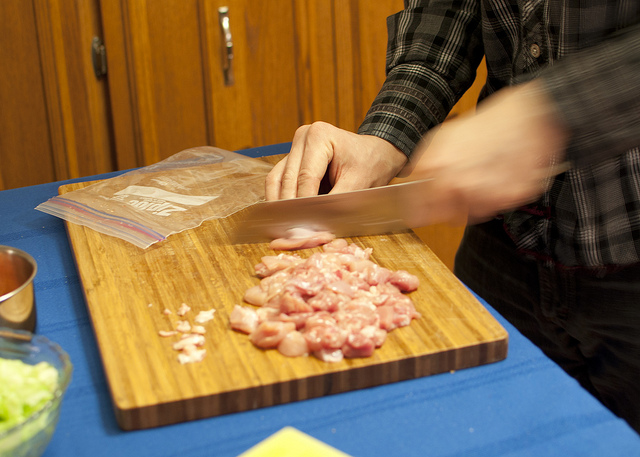Posts from the "Topics" category
NZ MPI Releases Guidance Document on Determining the Shelf Life of Food
foodprocessing.com.au: The NZ Ministry for Primary Industries (MPI) has released the ‘How to Determine the Shelf Life of Food’ document.
The document is intended to help food operators who process, prepare and handle food to determine the shelf-life of their food and apply appropriate date marking. The guide is also useful for other food operators who process, prepare and handle foods for retail sale under the Food Act 1981, Animal Products Act 1999 and Food Act 2014.
Read the full article at foodprocessing.com.au
Download the document from foodsafety.govt.nz (PDF, 486 KB)
Food safety issue or regulatory compliance issue, asks Richard Bennett
Growers are always quick to make the distinction. There’s a big difference between foodborne illness due to microbiological contamination and exceeding the Maximum Residue Limit (MRL) for an agricultural chemical. The smallest traces of a human pathogen can lead to much suffering, even death, but the many-fold human safety buffer built in to the regulatory pesticide limits means that many, many kilograms, if not tonnes, of offending fruit or vegetable would need to be consumed before ill effects from the pesticide are suffered.
Read Article →Final Report Adds Details to USA E. coli Outbreak from Trader Joe’s Salads
James Andrews writes: In October 2013, 33 people in four [USA] states were sickened by E. coli O157:H7 in an outbreak that was quickly traced back to pre-packaged salads sold at Trader Joe’s grocery locations.
On Monday, the California Department of Public Health released its final report on the outbreak with a wealth of new details on the investigation, including two previously unreported additional salad products associated with the outbreak.
Read the full article at Food Safety News
Image credit: Sakura / Flickr, CC BY 2.0
Australia’s Lack of Food Safety Education Enhances Food Poisoning Risk
Grace Smith writes: Many of us believe that the only way we’re going to get food poisoning is through badly cooked chicken or an impromptu barbecue that has just gone wrong. However, it appears that Australians are regularly putting themselves in the firing-line for food poisoning, when they prepare food at home.
Read the full article at Food Safety News
Image credit: Michael Himbeault / Flickr, CC BY 2.0
Rolling the dice with food safety
Michael Mackenzie writes: When many of us go to a restaurant or buy food from stores we do so with the expectation that the food we eat is safe. However one expert warns we might not be as safe as we think.
Each year, there are an estimated 5.4 million cases of food poisoning in Australia from an array of sources.
Read and/or listen to the full article at abc.net.au
Image credit: William Warby / Flickr, CC BY 2.0
The poms have something to teach the Aussies about promoting agriculture
Gaétane Potard writes: While not normally considered a leading agricultural nation, the farmers of the United Kingdom (UK) might be able to teach Australian farmers a thing or two about the development of a national brand for agricultural products.
What is probably best known about the Red Tractor scheme is the logo that you may have seen on food packaging while travelling in the UK. In 14 years, the red tractor scheme has become the dominant farm assurance program in the UK, and has been adopted by approximately 95% of all UK farms.
The standards, reviewed every 3 years, guarantee the British origin of the farm product and have to address four objectives: better food traceability, better animal welfare, better food safety and better environmental protection.
Read the full article at farminstitute.org.au
Read more about the Red Tractor Assurance Scheme at www.redtractor.org.uk
Call for submissions – Application A1092 Irradiation of Specific Fruits & Vegetables
FSANZ has assessed an Application made by the Queensland Department of Agriculture, Fisheries & Forestry to seek permission to irradiate apple, apricot, cherry, nectarine, peach, plum, honeydew, rockmelon, scallopini1, strawberry, table grape and zucchini (courgette) for phytosanitary purposes and has prepared a draft food regulatory measure. Pursuant to section 31 of the Food Standards Australia New Zealand Act 1991 (FSANZ Act), FSANZ now calls for submissions to assist consideration of the draft food regulatory measure.
For information about making a submission, visit the FSANZ website at information for submitters.
Hazelnut growers target pathogens, pests
Mateusz Perkowski writes: Heavily shaded hazelnut orchards may discourage salmonella from lingering on the ground, but the conclusions for growers remain uncertain, according to an orchard researcher.
Ground temperatures in heavily shaded hazelnut orchards appear to fall below the temperature range in which salmonella thrives, compared to orchards with less shade cover, said Bruce Lampinen, a tree nut specialist with the University of California Cooperative Extension.
The results in Oregon hazelnut orchards were greatly different than in California almond and walnut orchards, where heavy shade cover seems to improve conditions for salmonella, he said.
Read the full article at capitalpress.com
Image credit: Jennifer C. / Flickr, CC BY-SA 2.0






